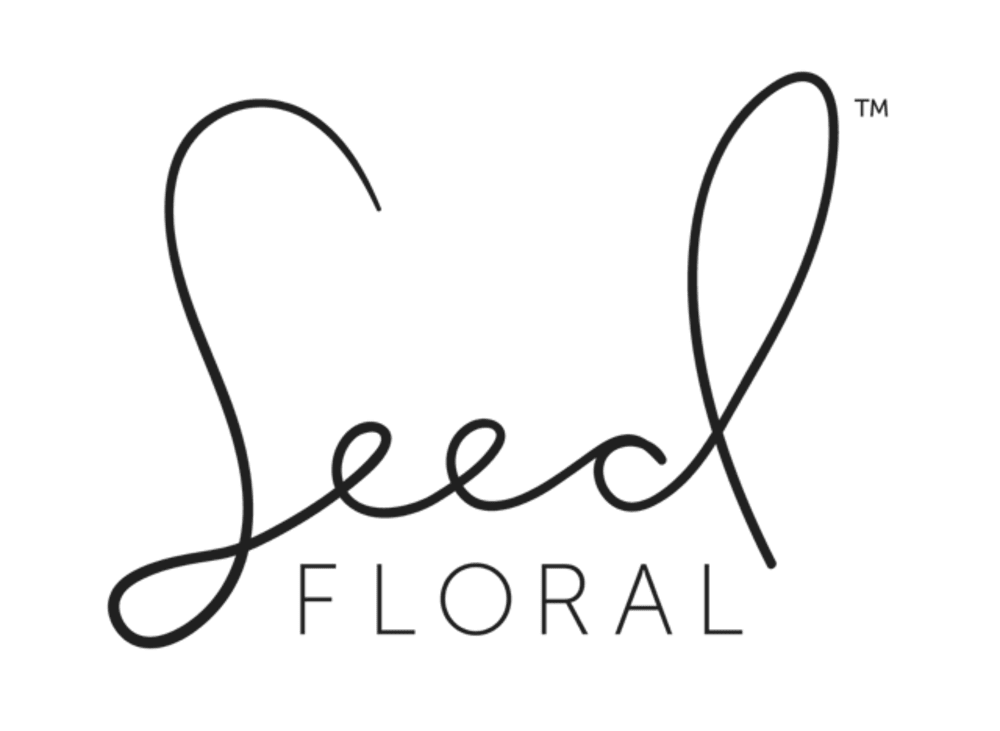Plant Care 101
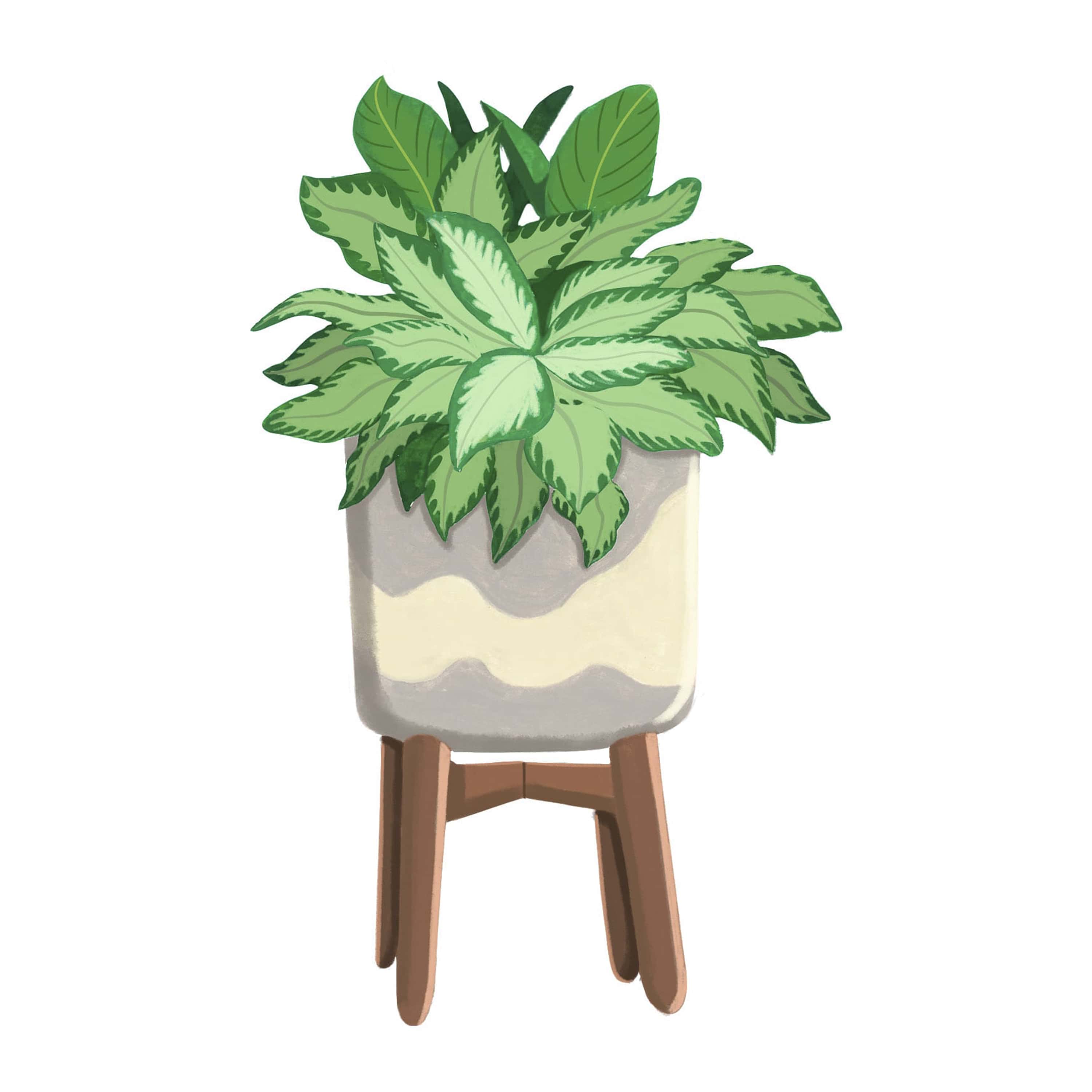
Chinese Evergreen
Botanical Name: Aglaonema
These adaptable plants are great for any type of plant parent as they are very low maintenance. Each plant is unique and therefore needs varying care. Darker aglaonemas tend to tolerate less light and water while the more colorful plants prefer slightly more light and therefore more water.






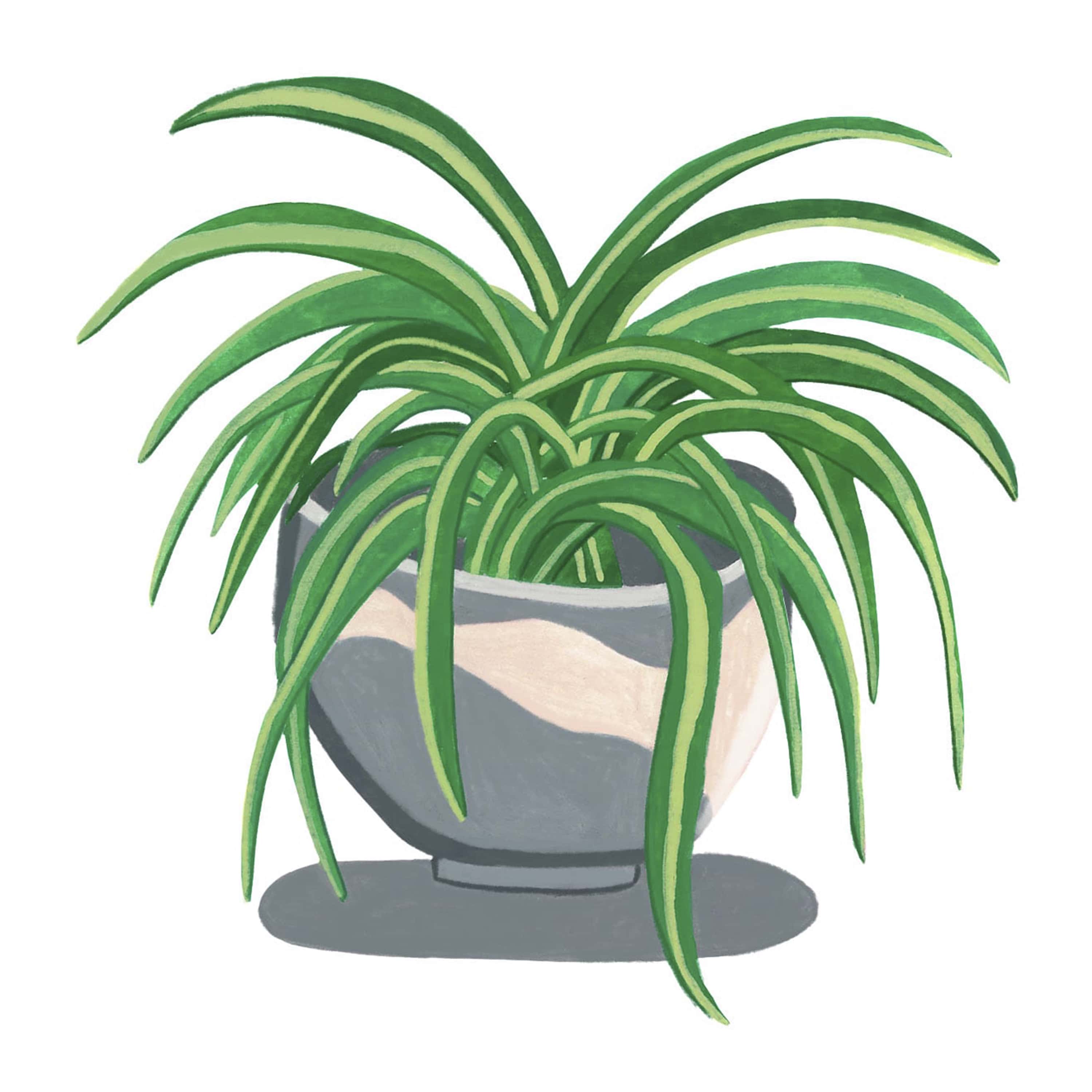
Spider Plant
Botanical Name: Chlorophytum Comosum
These plants enjoy pretty much any conditions, growing best when given water frequently. Be sure not to let their soil dry too much as they are known to develop brown tips, which can be cut of as they occur. Not only are they super easy to care for but they also care for you as they purify the air.







Janet Craig
Botanical Name: Dracaena Compacta
These plants can fare well in higher indirect light conditions however will need to be watered more regularly. Yellowing and browning is an indication of under watering and should be trimmed or removed. We recommend rotating the plant occasionally to evenly distribute light and maintain the plants upright position.






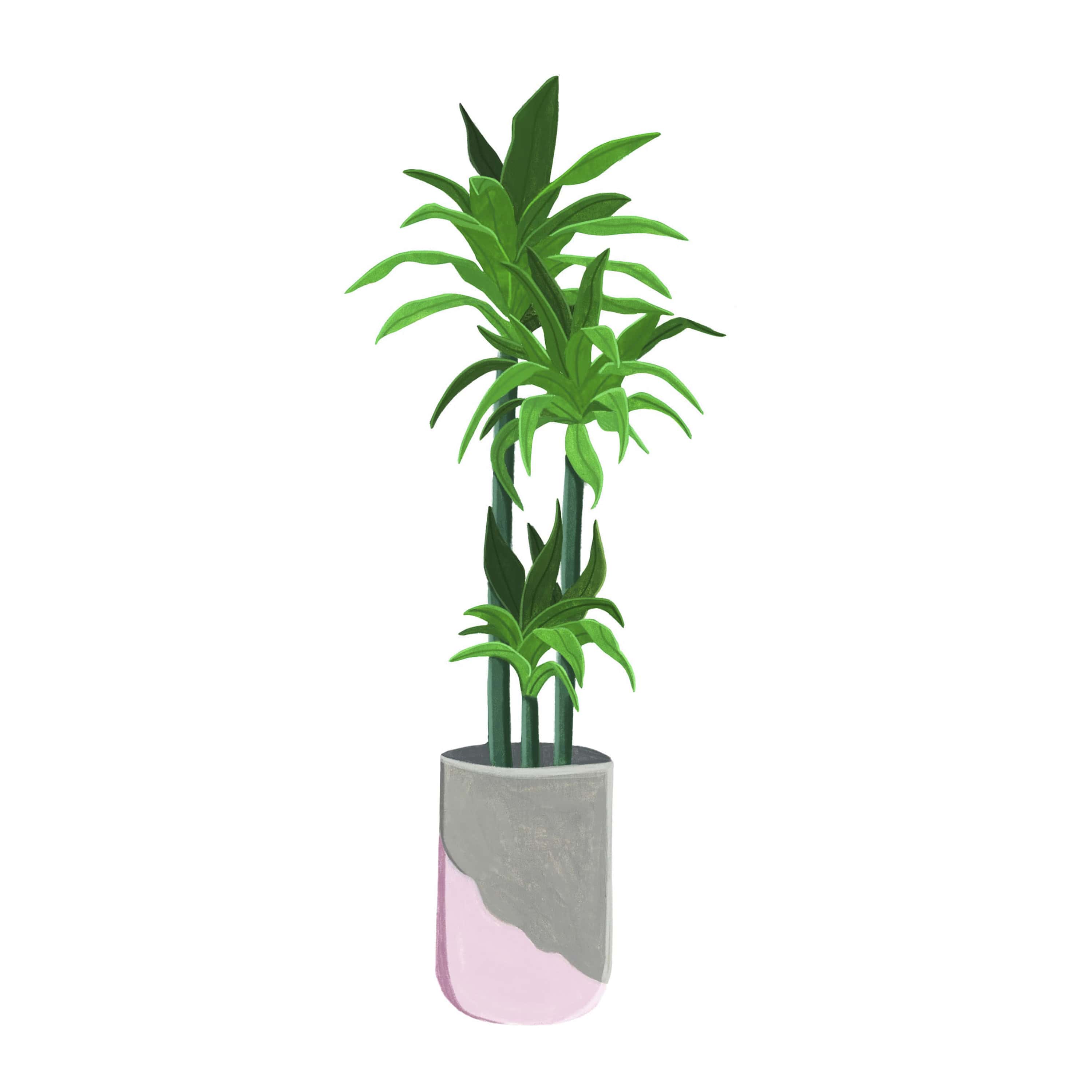
Lisa Cane
Botanical Name: Dracaena Deremensis
Like other Dracaenas, the Lisa Cane is a fairly low maintenance plant. These plants can fare well in lower light conditions but prefer medium to bright indirect light. If you notice brown tips on some of the leaves you can easily cut the tips following its natural "V" shape to spruce her up. Lisa Canes love humidity, so treat your plant with a light mist and dusting every so often to allow the leaves to breathe. We recommend rotating the plant occasionally to evenly distribute light.







Dragon Tree
Botanical Name: Dracaena Marginata
These bad boys can grow from 10 to 15 feet. They should be watered with room temperature water every two weeks or until the top inch of their soil has dried. If brown spots appear, it could be an indication of over exposure to light and too much water while paleness and yellowing of the leaves indicates lack of light and water. Although these plants are a great addition to your home it is important to note that Dragon tree is toxic to dogs and cats.







Pothos
Botanical Name: Epipremnum Aureum
Pothos Jade is a lush tropical plant that can change color and shape as it grows. If you notice your plant start to shrivel, it is not getting enough light while paleness may indicate too much light. Care for your pothos and your pothos will care for you as it purifies the air.






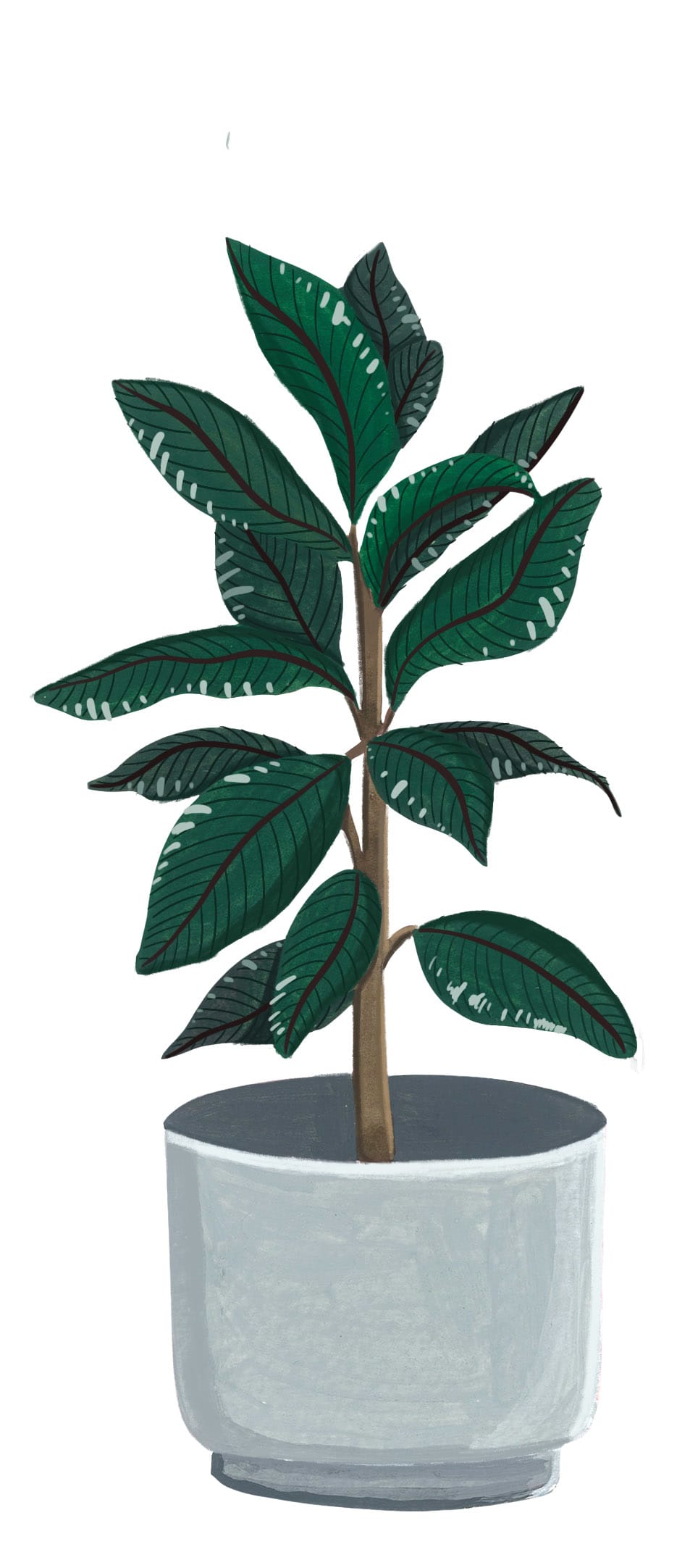
Rubber Tree
Botanical Name: Ficus Elastica
Although they need water often, it is important to keep the rubber tree in a well-draining and well-aerated potting soil. Yellow or brown leaves that fall off indicate too much watering. We recommend misting and wiping the leaves with a damp cloth, especially in the warmer months.







Fiddle Fig
Botanical Name: Ficus Lyrata
The fiddle leaf fig is most suitable for well-practiced plant parents. They grow best when allowed to soak in the sun for a few hours a day and an occasional rotation to ensure even growth. We recommend wiping the leaves with a damp cloth to keep your plant happy by allowing their large leaves to breath. make sure to give them a little extra love and water during the warmer months.







Orchid
Botanical Name: Phalaenopsis
You can never go wrong with an orchid, but be careful they can be fussy. Less is more when it comes to watering Orchids as they like their potting mix to get almost completely dry between waterings. orchids grow best in a mix of coarse perlite, fir bark, and moss in a shallow planter but we prefer to use moss. In order to ensure that they bloom it is best to keep them at about 10 - 15 degrees cooler at night.



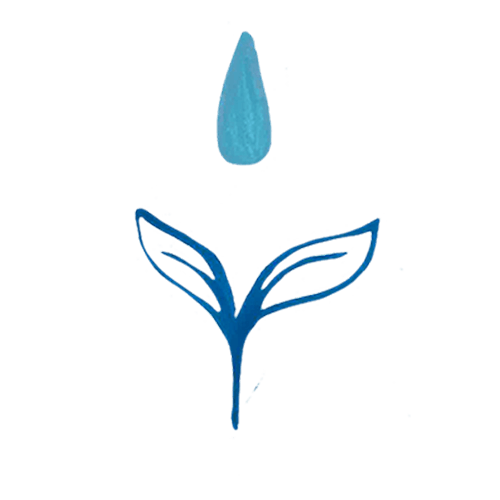


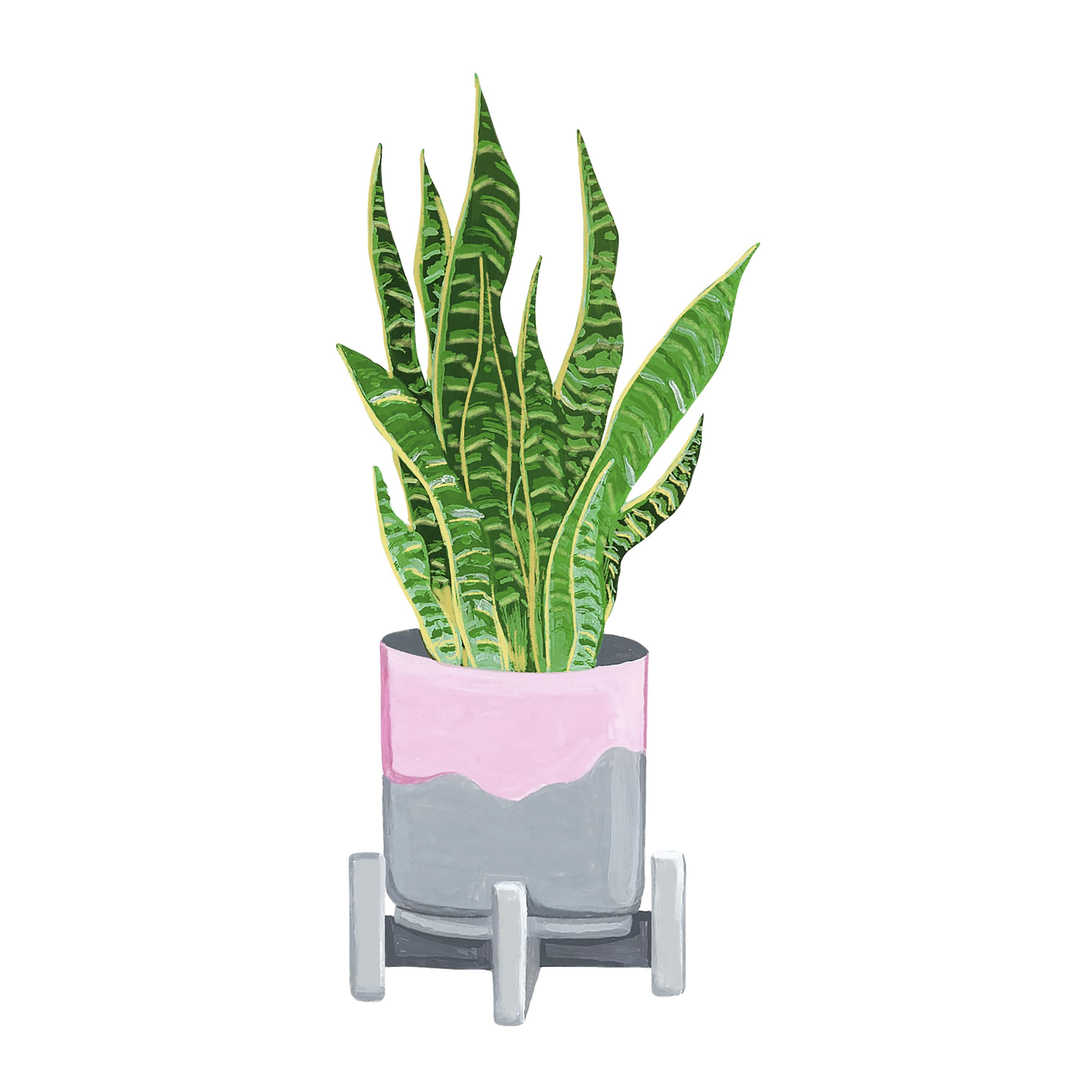
Snake
Botanical Name: Sansevieria
Snake plants are classified as both tropical and succulent plants making them the perfect low maintenance plant. When it comes to their watering schedule, less is more. Not only are snake plants super hardy but they also purify the air of toxins and release oxygen throughout the night making them great bedroom plants.






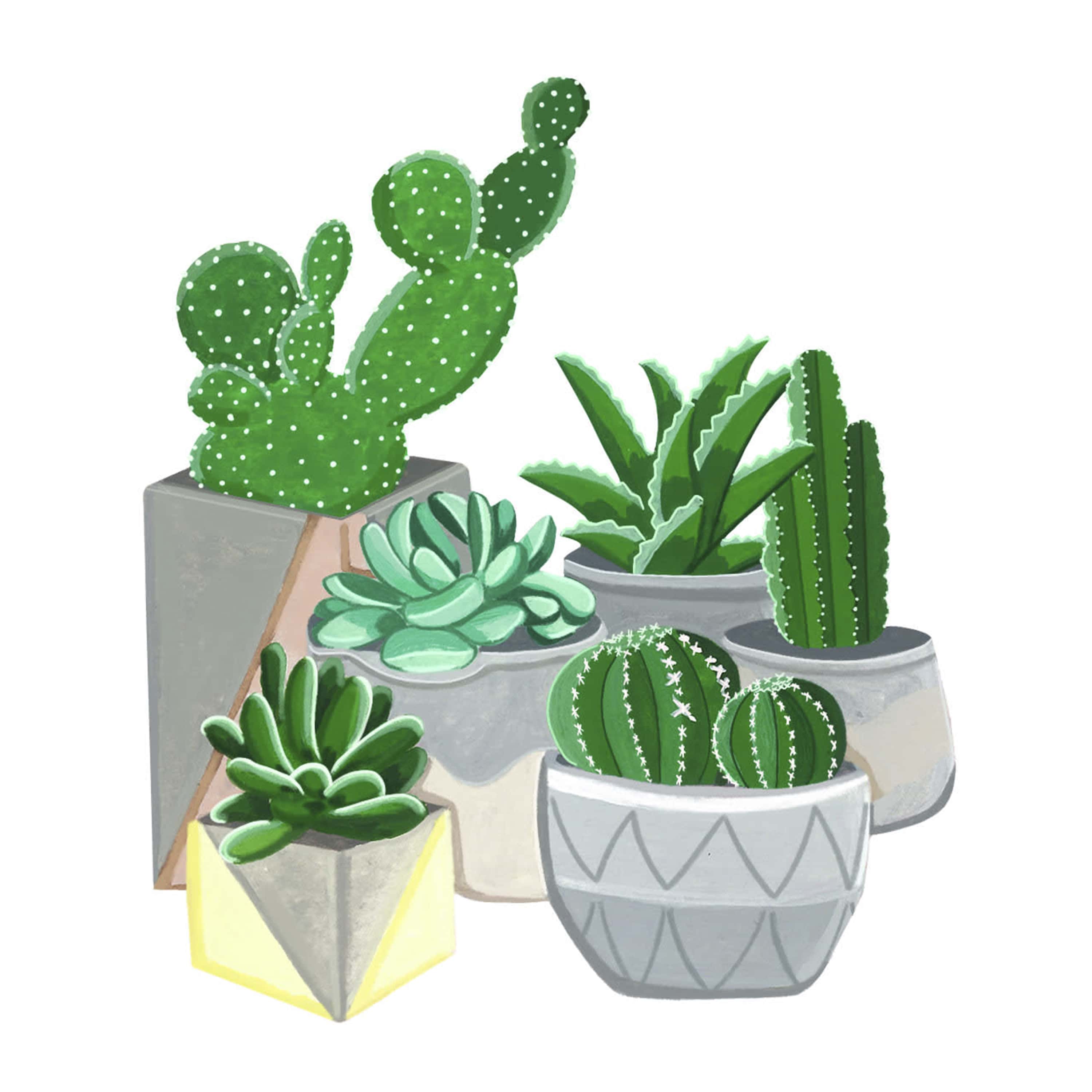
Succulents and Cacti
Botanical Name: Cactaceae
As all succulents are different the varying types may prefer different care routines. Most like direct sunlight and not too much water. We recommend misting your plant to prevent overwatering. Using a coarse potting mix that allows drainage and aeration will keep your succulent happy and healthy. Don't fret if the leaves closest to the soil dry or fall off, the plant is just fine!






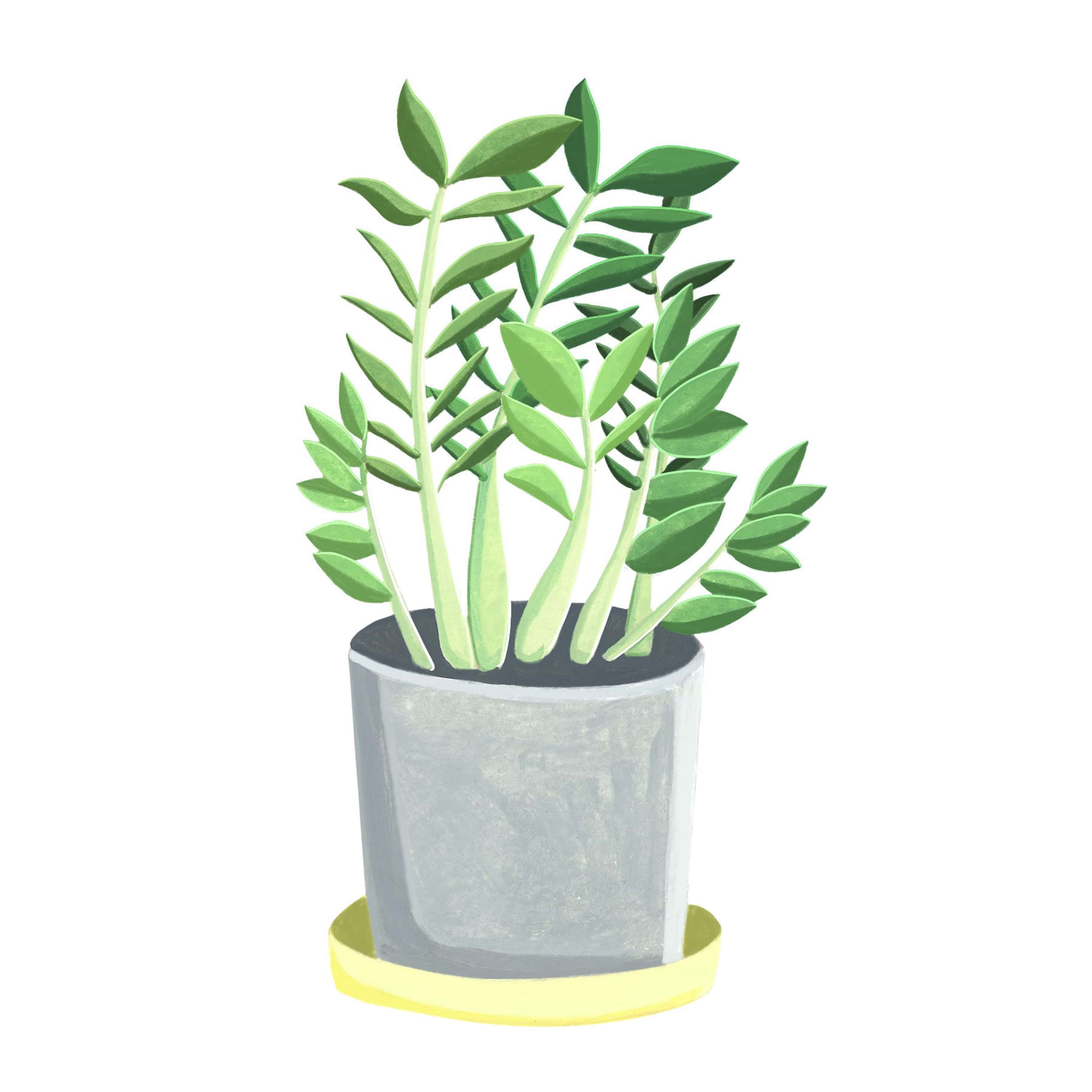
ZZ
Botanical Name: Zamioculcas Zamifolia
This tropical plant from Zanzibar is one of the hardiest household plants. Less is more for the ZZ plant so make sure not to overwater them. Although they can easily live in low light conditions, they grow best moderate indirect light.







Low Light Shade

Medium Light Indirect Sun

High Light Full Sun

Infrequent

Moderate

Frequent
PRO TIP
**Check that the soil is dry before watering again**
Best way to do this is stick your finger about an inch into the soil and if dry go ahead and give it a drink! If still moist, leave for a few more days then check again.
As the seasons change and temperatures rise, your plants might need extra water to drink.

